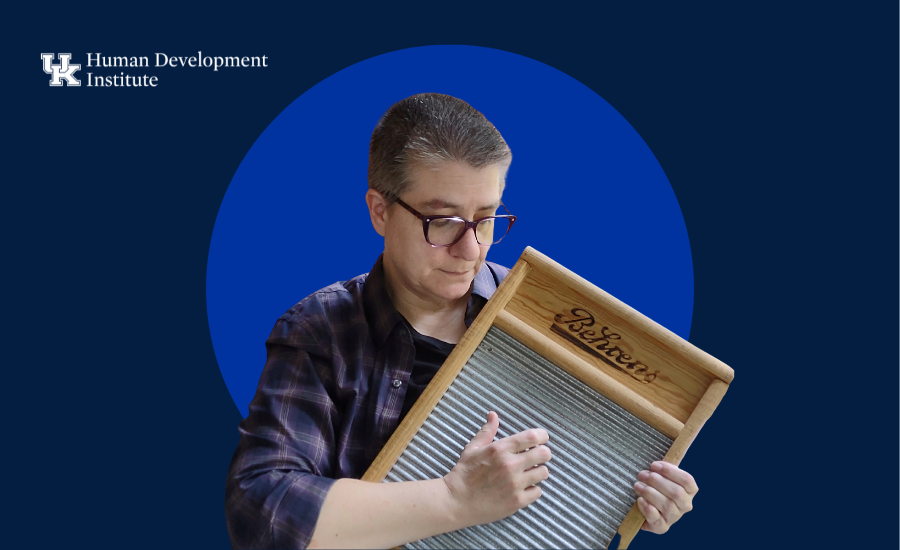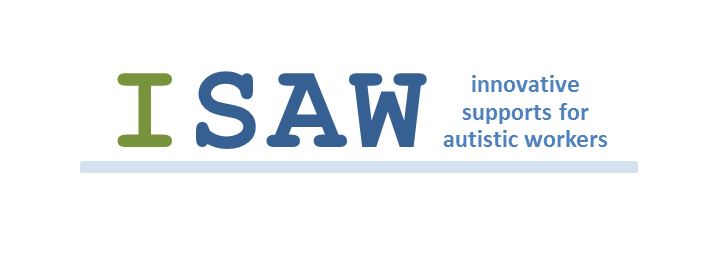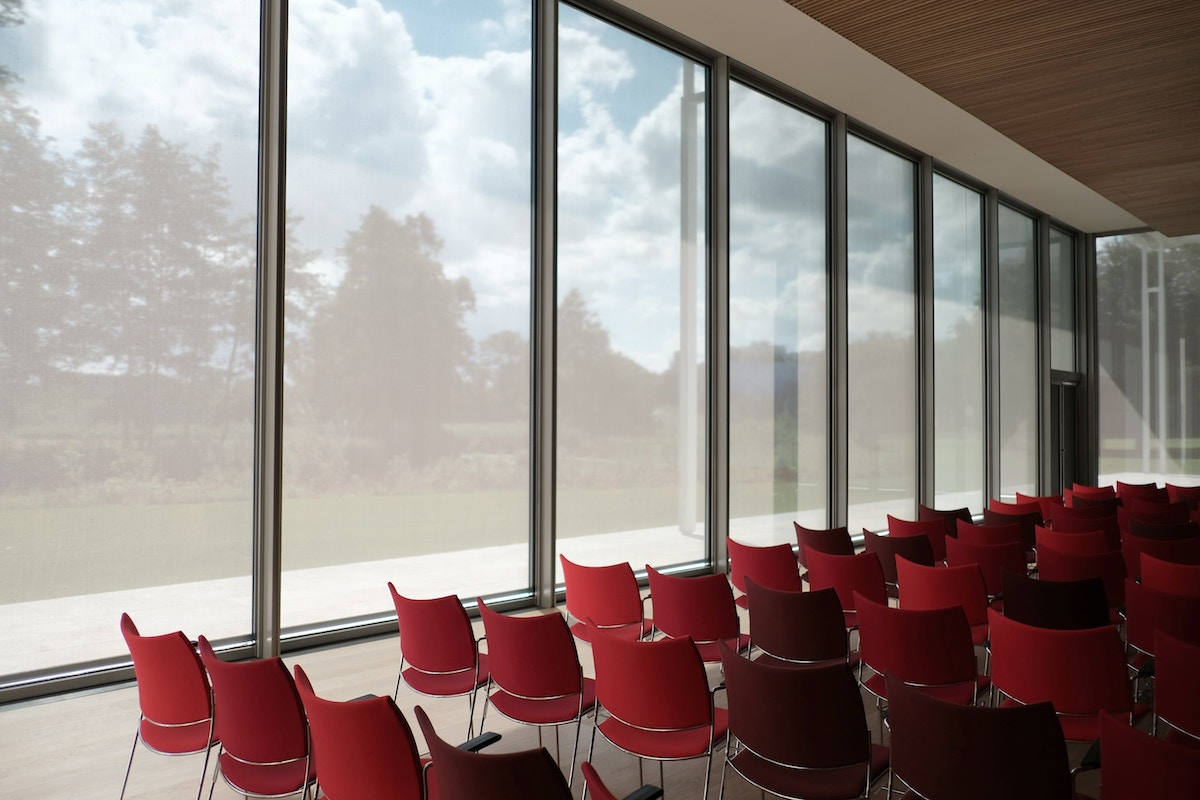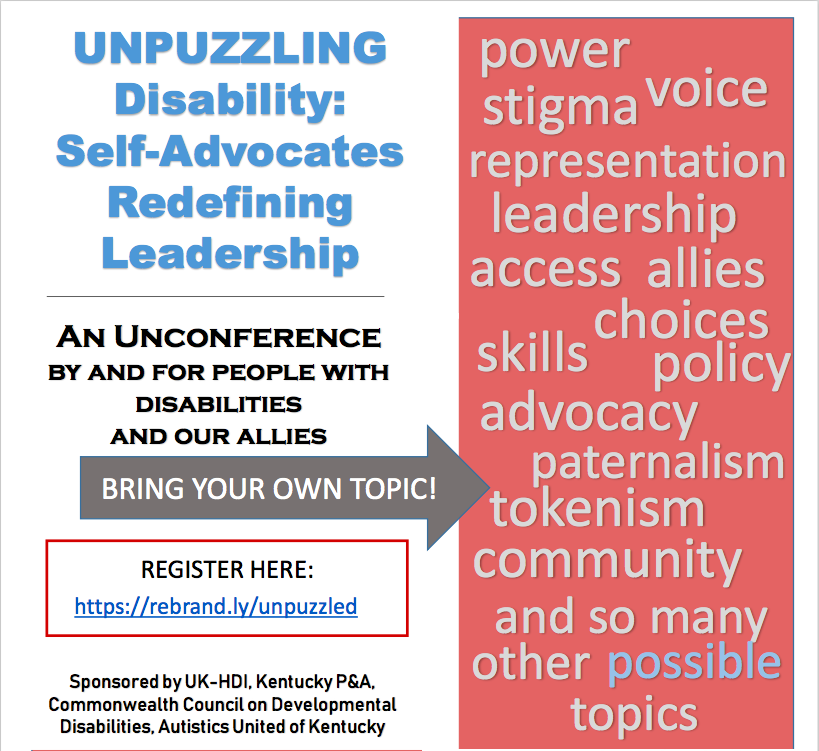Tag: autism
-

“All people offer perspective that is valuable to the rest of the world.” HDI Staff Erin Fitzgerald speaks on their experience with Neurodiversity and mental health
The following article discusses suicide, which some readers may find distressing. Erin Fitzgerald could always see the signs that she was different growing up – the tools to recognize how […]
-

Innovative Supports for Autistic Workers: Expanding Employment Opportunities
Innovative Supports for Autistic Workers (ISAW) began as a project to educate and support Kentucky Career Centers’ Business Service Teams in their understanding of issues relevant to autism and employment. […]
-

KentuckyWorks featured at Regional Parent Summit on Autism
by Larry Taylor, Ed.D., Executive Director Kentucky Autism Training Center The Kentucky Autism Training Center and the Kentucky Office of Autism collaborated to offer the Regional Parent Summit at Greenbo Lake State Resort […]
-

Unpuzzling Disability: Self Advocates Redefining Leadership Coming in July!
The purpose of this event is to bring together people with all types of disabilities who are interested in developing and sharing leadership skills. In order to have our voices […]
-
Latest HDI Fund for Excellence Projects: Winter 2015
We’re excited to share that in the last quarter, HDI funded the following two Fund for Excellence projects: Dr. Dwight Irvin’s Understanding Language Environments in Community Settings in Families of Children […]